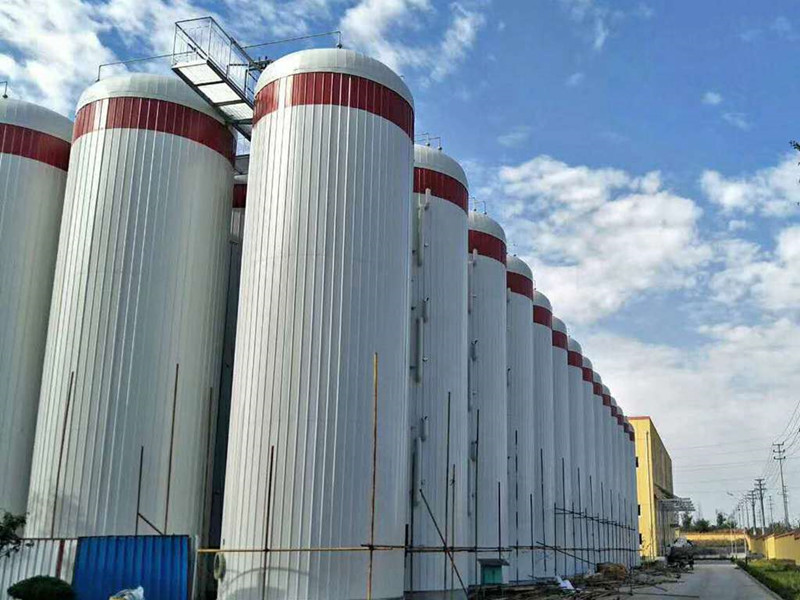
-
 Afrikaans
Afrikaans -
 Albanian
Albanian -
 Amharic
Amharic -
 Arabic
Arabic -
 Armenian
Armenian -
 Azerbaijani
Azerbaijani -
 Basque
Basque -
 Belarusian
Belarusian -
 Bengali
Bengali -
 Bosnian
Bosnian -
 Bulgarian
Bulgarian -
 Catalan
Catalan -
 Cebuano
Cebuano -
 China
China -
 China (Taiwan)
China (Taiwan) -
 Corsican
Corsican -
 Croatian
Croatian -
 Czech
Czech -
 Danish
Danish -
 Dutch
Dutch -
 English
English -
 Esperanto
Esperanto -
 Estonian
Estonian -
 Finnish
Finnish -
 French
French -
 Frisian
Frisian -
 Galician
Galician -
 Georgian
Georgian -
 German
German -
 Greek
Greek -
 Gujarati
Gujarati -
 Haitian Creole
Haitian Creole -
 hausa
hausa -
 hawaiian
hawaiian -
 Hebrew
Hebrew -
 Hindi
Hindi -
 Miao
Miao -
 Hungarian
Hungarian -
 Icelandic
Icelandic -
 igbo
igbo -
 Indonesian
Indonesian -
 irish
irish -
 Italian
Italian -
 Japanese
Japanese -
 Javanese
Javanese -
 Kannada
Kannada -
 kazakh
kazakh -
 Khmer
Khmer -
 Rwandese
Rwandese -
 Korean
Korean -
 Kurdish
Kurdish -
 Kyrgyz
Kyrgyz -
 Lao
Lao -
 Latin
Latin -
 Latvian
Latvian -
 Lithuanian
Lithuanian -
 Luxembourgish
Luxembourgish -
 Macedonian
Macedonian -
 Malgashi
Malgashi -
 Malay
Malay -
 Malayalam
Malayalam -
 Maltese
Maltese -
 Maori
Maori -
 Marathi
Marathi -
 Mongolian
Mongolian -
 Myanmar
Myanmar -
 Nepali
Nepali -
 Norwegian
Norwegian -
 Norwegian
Norwegian -
 Occitan
Occitan -
 Pashto
Pashto -
 Persian
Persian -
 Polish
Polish -
 Portuguese
Portuguese -
 Punjabi
Punjabi -
 Romanian
Romanian -
 Russian
Russian -
 Samoan
Samoan -
 Scottish Gaelic
Scottish Gaelic -
 Serbian
Serbian -
 Sesotho
Sesotho -
 Shona
Shona -
 Sindhi
Sindhi -
 Sinhala
Sinhala -
 Slovak
Slovak -
 Slovenian
Slovenian -
 Somali
Somali -
 Spanish
Spanish -
 Sundanese
Sundanese -
 Swahili
Swahili -
 Swedish
Swedish -
 Tagalog
Tagalog -
 Tajik
Tajik -
 Tamil
Tamil -
 Tatar
Tatar -
 Telugu
Telugu -
 Thai
Thai -
 Turkish
Turkish -
 Turkmen
Turkmen -
 Ukrainian
Ukrainian -
 Urdu
Urdu -
 Uighur
Uighur -
 Uzbek
Uzbek -
 Vietnamese
Vietnamese -
 Welsh
Welsh -
 Bantu
Bantu -
 Yiddish
Yiddish -
 Yoruba
Yoruba -
 Zulu
Zulu
frp duct system
Understanding FRP Duct Systems Advantages and Applications
Fiber Reinforced Polymer (FRP) duct systems have emerged as a revolutionary solution in various industries, particularly in environments where traditional materials may fall short. These systems are engineered using a composite material made of a polymer matrix reinforced with fibers, typically glass or carbon. This innovative design not only enhances the strength and durability of the ducts but also offers a range of benefits that make them suitable for a variety of applications.
Understanding FRP Duct Systems Advantages and Applications
In addition to corrosion resistance, FRP ducts are lightweight and easy to install. Their reduced weight compared to traditional materials like metal or concrete means that they can be transported and handled with greater ease, often requiring less labor and equipment during installation. This can lead to significant cost savings in terms of both time and money for construction projects.
frp duct system

Furthermore, FRP duct systems offer design flexibility and versatility. They can be molded into various shapes and sizes to fit unique architectural and engineering requirements. This adaptability allows for seamless integration into existing systems, facilitating upgrades and modifications without extensive overhauls.
Another vital benefit of FRP materials is their thermal insulation properties. FRP ducts can help maintain stable temperatures within conveying systems, contributing to energy efficiency and the longevity of the transported materials. This feature is particularly important in HVAC systems, where maintaining specific temperature and humidity levels is crucial for comfort and safety.
Finally, the sustainability aspect of FRP duct systems cannot be overlooked. Manufacturers often focus on creating products that are more environmentally friendly, utilizing recyclable materials and processes that minimize waste. This aligns with the growing emphasis on sustainability in construction and industrial practices.
In conclusion, FRP duct systems represent a significant advancement in ducting technology, providing multiple benefits, including corrosion resistance, lightweight design, flexibility, thermal insulation, and sustainability. As industries continue to seek innovative solutions to traditional problems, FRP ducts are likely to play an increasingly important role in future projects.
Latest news
-
Exploring the Benefits of Top Hammer Drifter Rods for Enhanced Drilling PerformanceNewsJun.10,2025
-
High-Precision Fiberglass Winding Machine for GRP/FRP Pipe Production – Reliable & Efficient SolutionsNewsJun.10,2025
-
FRP Pipes & Fittings for Shipbuilding - Corrosion-Resistant & LightweightNewsJun.09,2025
-
Premium FRP Flooring Solutions Durable & Slip-ResistantNewsJun.09,2025
-
Premium Fiberglass Rectangular Tanks Durable & Lightweight SolutionNewsJun.09,2025
-
Tapered Drill String Design Guide Durable Performance & UsesNewsJun.09,2025









